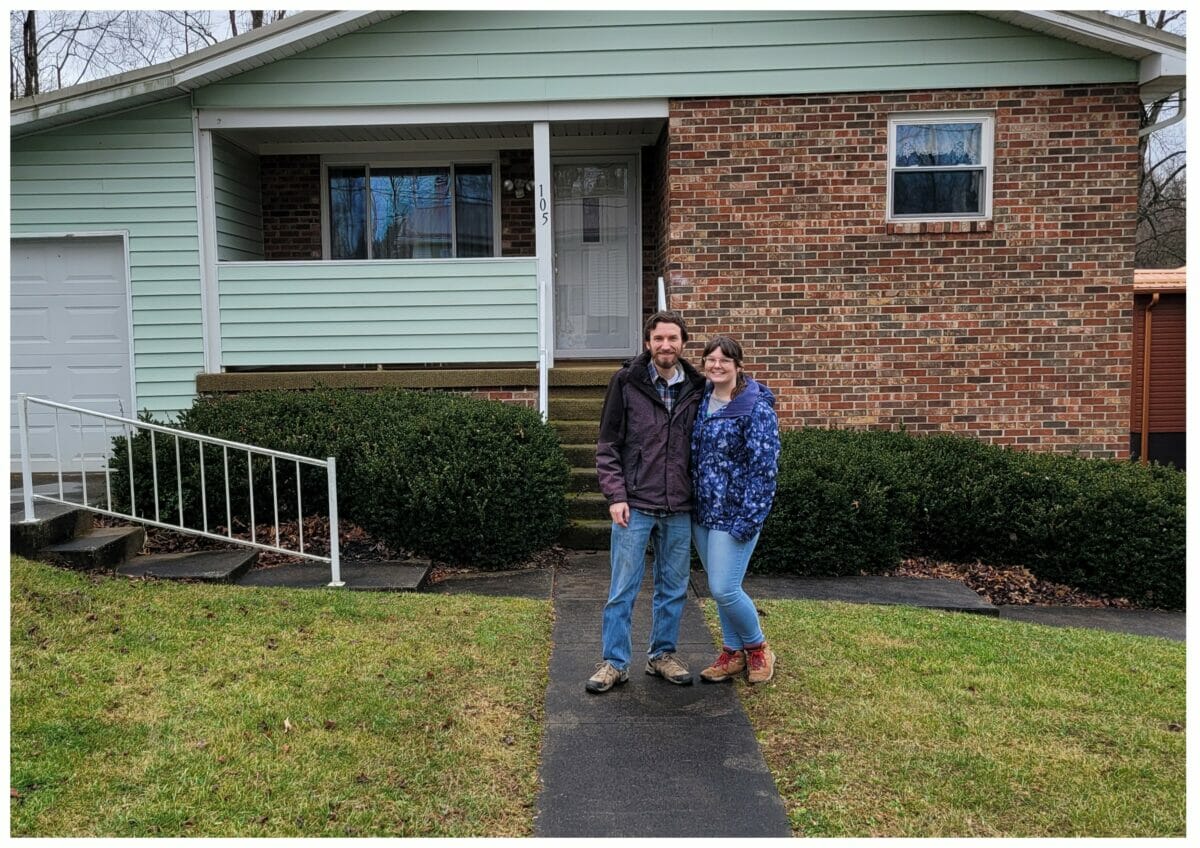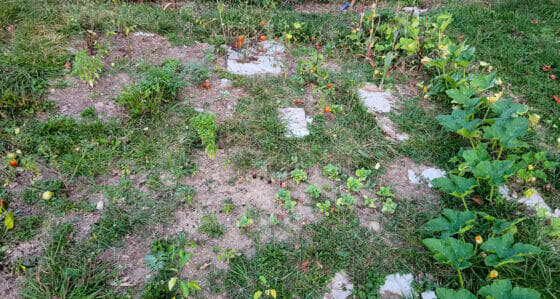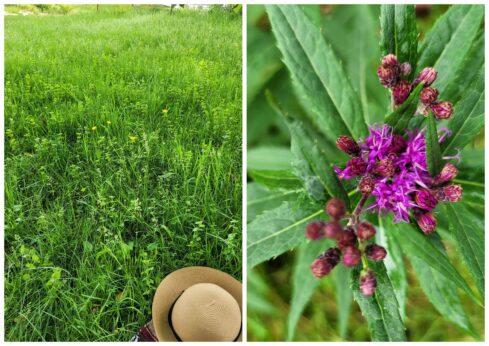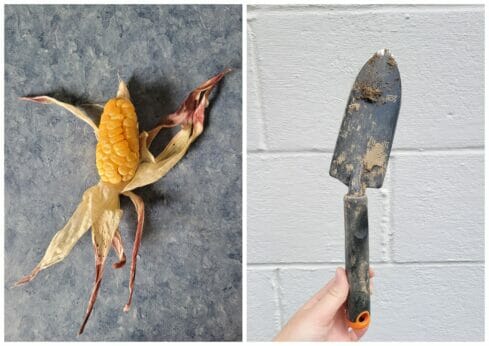We Bought a Home with a Sterile Suburban Yard. Our Journey To Bring Life Back is Just Beginning
When we bought our first home, we had grand plans to create a productive and pollinator-friendly oasis. Then the reality of poor soils and extreme weather hit.





Dandelions break up soil nicely. Might take a year
Good reporting. I wish more people would convert their lawns and I look forward to hearing about your progress.
Beautiful essay!
What a captivating journey you’ve shared, Jessica! Your commitment to transforming a sterile suburban yard into a thriving ecosystem is truly inspiring.
The challenges you’ve faced with soil compaction and unpredictable weather underscore the importance of resilience in sustainable gardening. Your approach, from promoting plant diversity to crafting compost, showcases a genuine dedication to environmental stewardship. It’s heartening to witness your property’s evolution and the positive impact on local biodiversity.
Looking forward to following your continued success in nurturing both your garden and the surrounding ecosystem.
Please people, there is no such thing as “climate change”. This is a hoax perpetrated world wide by governments and WHO -World Health Org., WEF -World Economic Forum, UN-United Nations., etc. Go to Geo Engineering with Dane Wigington to find out what is really going on.
Chicory is good for a long root, a pretty flower and coffee, should you need it!
Very happy to hear your story and hopefully you will have every success in future.